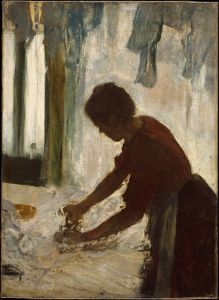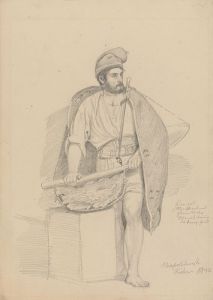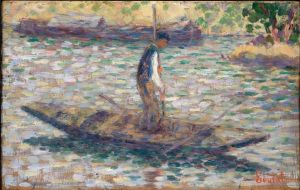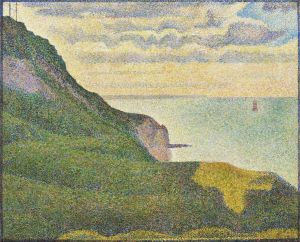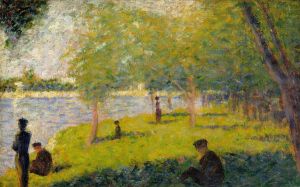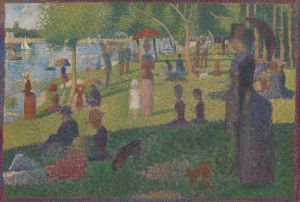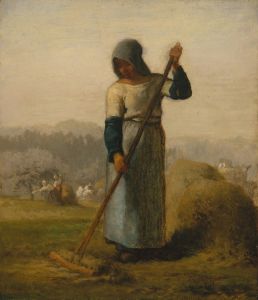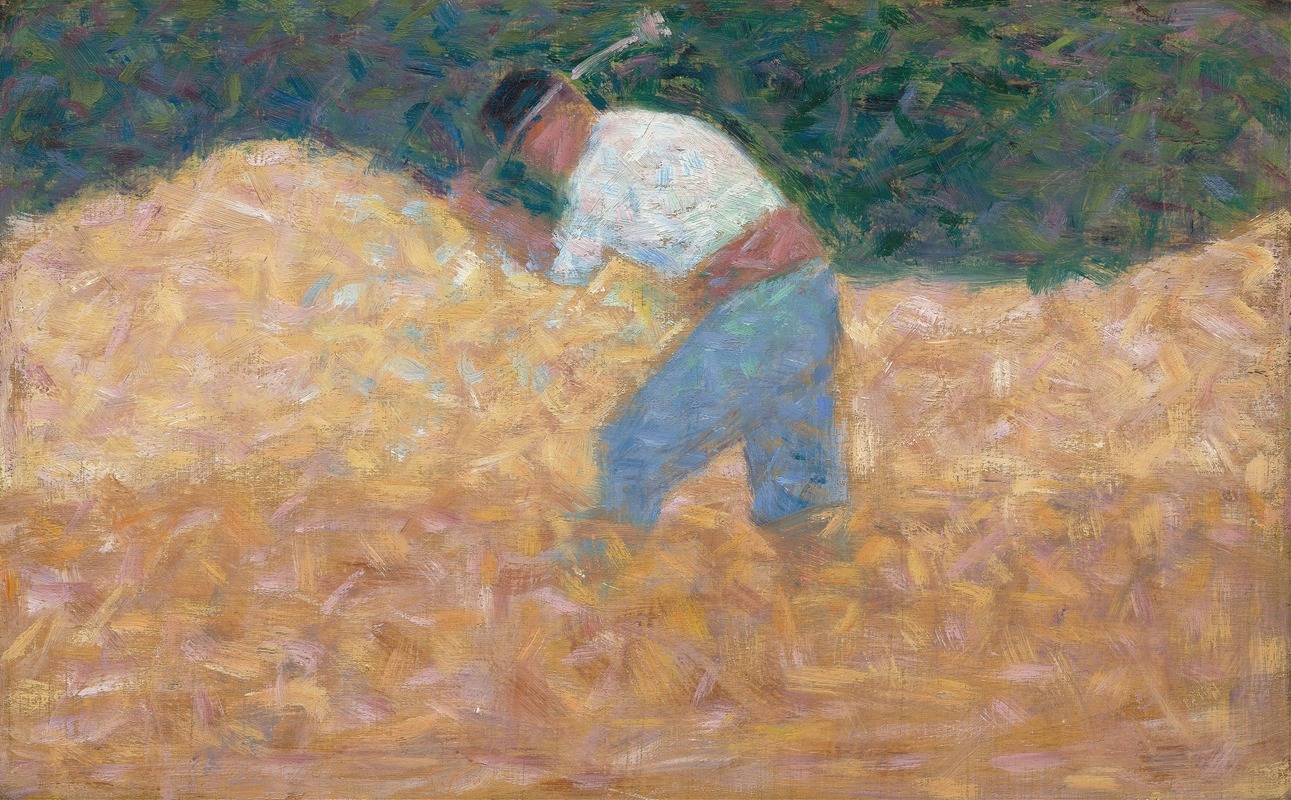
The Stone Breaker
A hand-painted replica of Georges Seurat’s masterpiece The Stone Breaker, meticulously crafted by professional artists to capture the true essence of the original. Each piece is created with museum-quality canvas and rare mineral pigments, carefully painted by experienced artists with delicate brushstrokes and rich, layered colors to perfectly recreate the texture of the original artwork. Unlike machine-printed reproductions, this hand-painted version brings the painting to life, infused with the artist’s emotions and skill in every stroke. Whether for personal collection or home decoration, it instantly elevates the artistic atmosphere of any space.
Georges Seurat, a French post-Impressionist artist, is renowned for his innovative use of color and technique, particularly through the development of pointillism. However, there is no widely recognized painting titled "The Stone Breaker" by Georges Seurat. It is possible that there might be some confusion with the title or attribution.
Seurat's most famous work is "A Sunday Afternoon on the Island of La Grande Jatte," which exemplifies his pointillist technique, where small dots of color are applied in patterns to form an image. This technique was part of a broader movement known as Neo-Impressionism, which Seurat helped to pioneer. His work focused on the scientific study of color and light, influenced by contemporary optical theories.
If "The Stone Breaker" is indeed a reference to a work by Seurat, it is not among his cataloged or widely studied pieces. Seurat's oeuvre primarily includes landscapes, scenes of Parisian life, and studies of figures in various settings. His approach to art was methodical and scientific, often involving numerous preparatory sketches and studies before the final composition was realized.
Seurat's influence on the art world was significant, despite his short life—he died at the age of 31. His techniques and theories inspired many artists who followed, including those involved in the development of modern art movements such as Cubism and Fauvism. His meticulous attention to detail and innovative approach to color and form set a precedent for future generations of artists.
If there is a painting titled "The Stone Breaker" attributed to Seurat, it might be a lesser-known work or possibly a misattribution. The title itself suggests a subject matter focusing on labor or rural life, which is a theme explored by other artists of the time, such as Gustave Courbet, who painted "The Stone Breakers" in 1849. Courbet's work depicted the harsh realities of manual labor and was a significant piece in the Realism movement.
In conclusion, without verifiable information or documentation of a painting titled "The Stone Breaker" by Georges Seurat, it is challenging to provide a detailed description or analysis. Seurat's legacy, however, remains firmly established through his contributions to the development of modern art and his pioneering techniques that continue to be studied and admired. If further information becomes available or if there is a specific context in which this title is used, it would be essential to consult reliable art historical sources or databases for accurate details.







